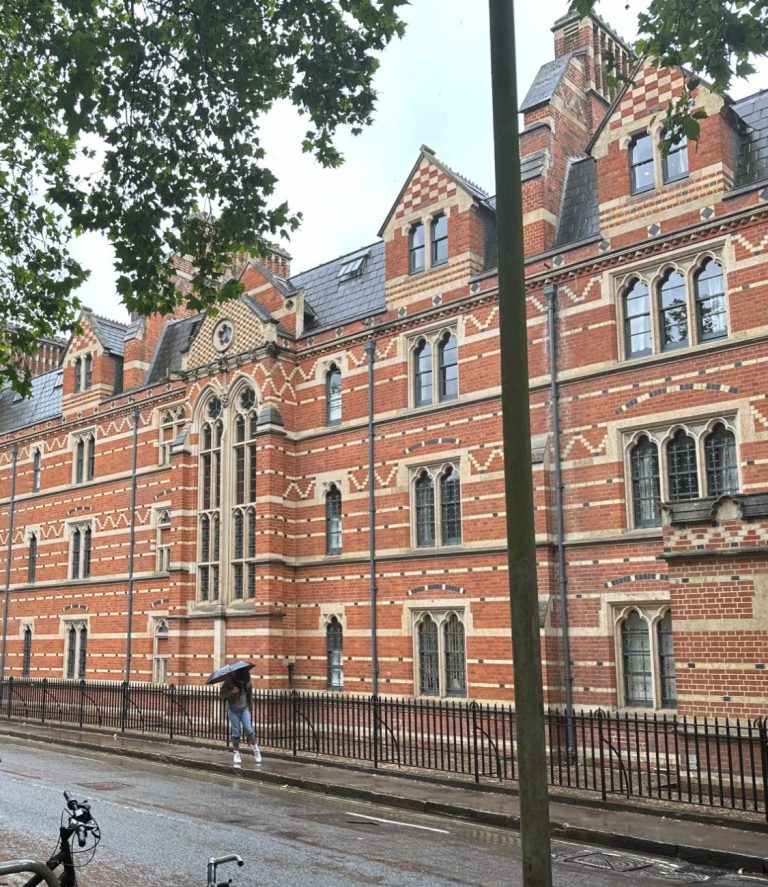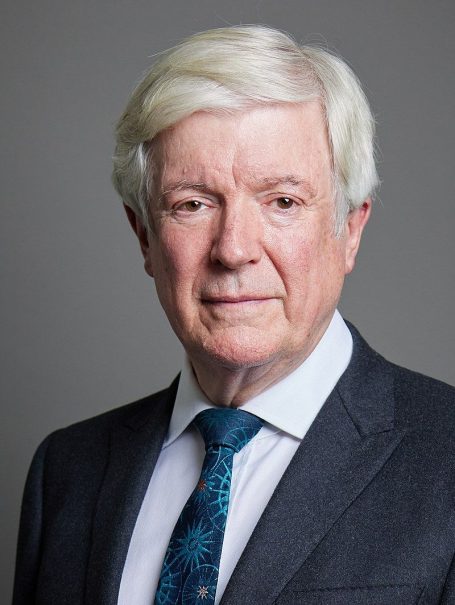KEBLE COLLEGE


William Butterfield (1814-1900)
History, Building and Architecture
John Keble (25 April 1792 – 29 March 1866) was an English Anglican priest and poet who was one of the leaders of the Oxford Movement. Keble College, was named after him.
At John Keble’s funeral in April 1866, a group of his friends decided to found a new college in his memory.
In four years they raised enough money to buy the land, commission an architect and complete the east and west ranges of Liddon Quad and the imposing main gatehouse, all ready in time for the first forty undergraduates to take up residence in the autumn of 1870. Building continued throughout the 1870s: the Chapel was completed in 1876, the Warden’s Lodgings in 1877 and the Hall and Library in 1878, by which time 140 undergraduates were living in Liddon and Pusey Quads.
Keble’s founders chose William Butterfield (1814-1900) as its architect. A man closely associated with the Oxford movement, he had designed churches and vicarages for Anglo-Catholics all over Britain as well as in the colonies, Melbourne cathedral in Australia being a particularly well-known example. His was a controversial choice, and Butterfield’s architecture has long provoked argument.
For decades ivy hid much of the polychrome brick and the buildings were variously derided as hideous and a joke. Opinions began to change in the latter half of the twentieth century and Butterfield’s Keble, Grade 1 listed, is now widely regarded as one of the finest examples of Victorian Gothic anywhere.
Famous Alumni

(Lord Adonis)

Chairman of the BBC
We need your consent to load the translations
We use a third-party service to translate the website content that may collect data about your activity. Please review the details in the privacy policy and accept the service to view the translations.
